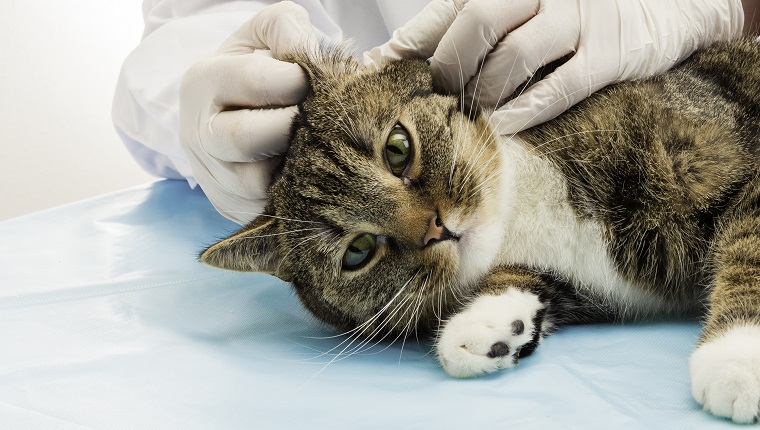Ear mites in cats are super tiny mites called Otodectes cynotis that make their way into the cat’s ear canals and start to eat the wax there.
Infestation is a common condition in cats, and one that’s often prevalent in shelters or other highly-populated living situations.
If you see signs of infestation in your cat, then you must get…









